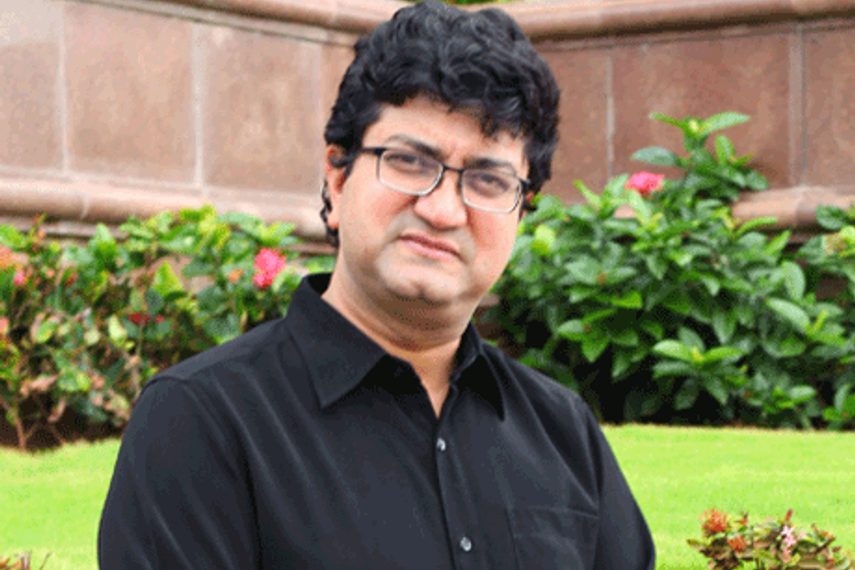
Please sign in or register
Existing users sign in here
Having trouble signing in?
Contact Customer Support at
[email protected]
or call+91 022 69047500
Prasoon Joshi, the multi-faceted president of McCann Worldgroup, South Asia, tells Arati Rao why moments of confusion in one's career choices are significant, and why clients have to help bring the fun back into advertising

Contact Customer Support at
[email protected]
or call+91 022 69047500
Top news, insights and analysis every weekday
Sign up for Campaign Bulletins
India’s sports sponsorship industry crosses INR 16,633 crores in 2024, posting a growth even in non-cricket sponsorships, finds GroupM ESP report.
To target the high-growth markets of UAE, Saudi Arabia, and Kuwait for its AI-driven customised solutions for brand marketers and advertisers.
Schbang MMaximise to be merged into Schbang Fluence, Schbang's influencer management division.
EXCLUSIVE: Veteran creative and former W+K leader Colleen DeCourcy on Snapchat’s new brand positioning, why the company is ‘anti-social media’, the benefits of in-housing, and more.